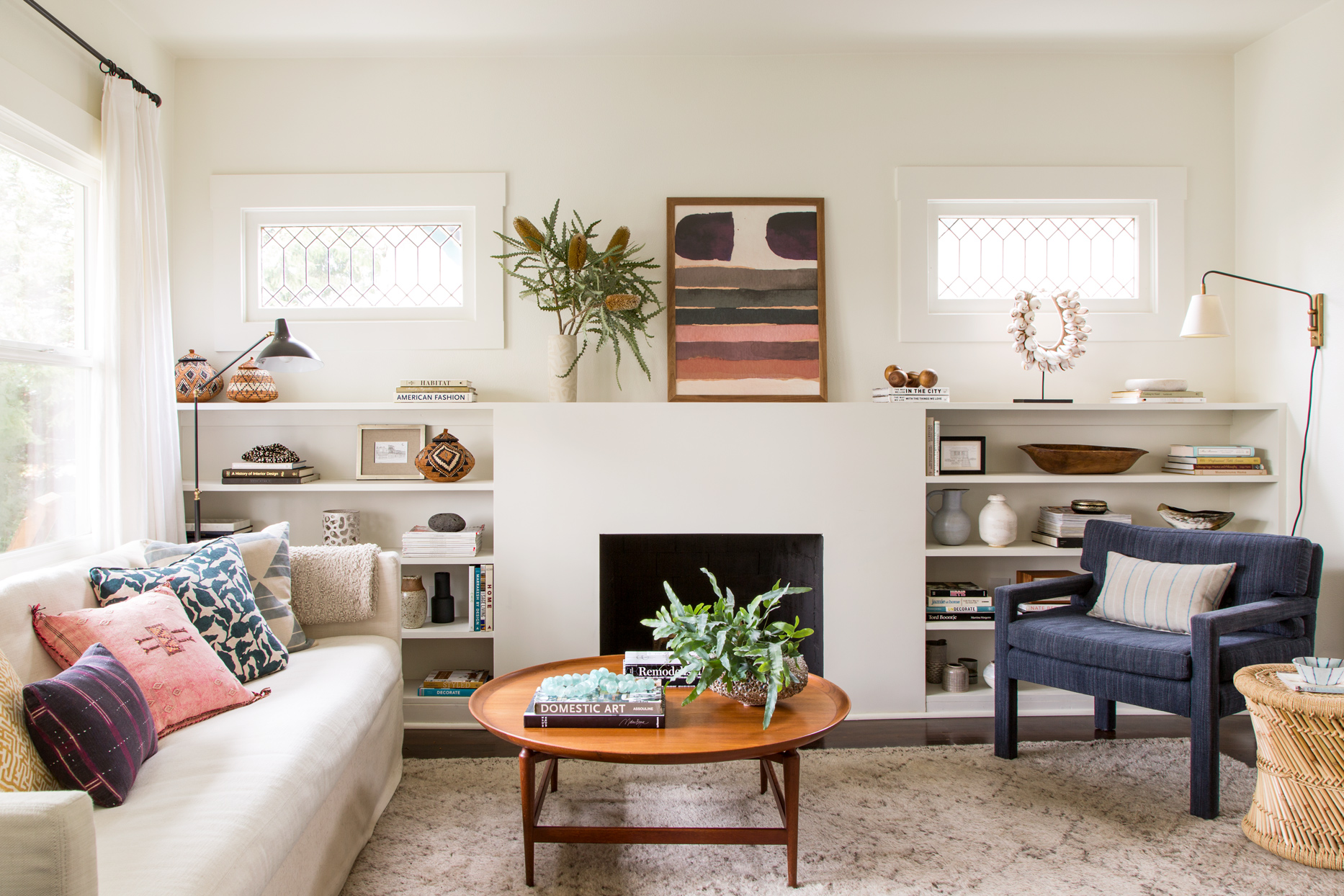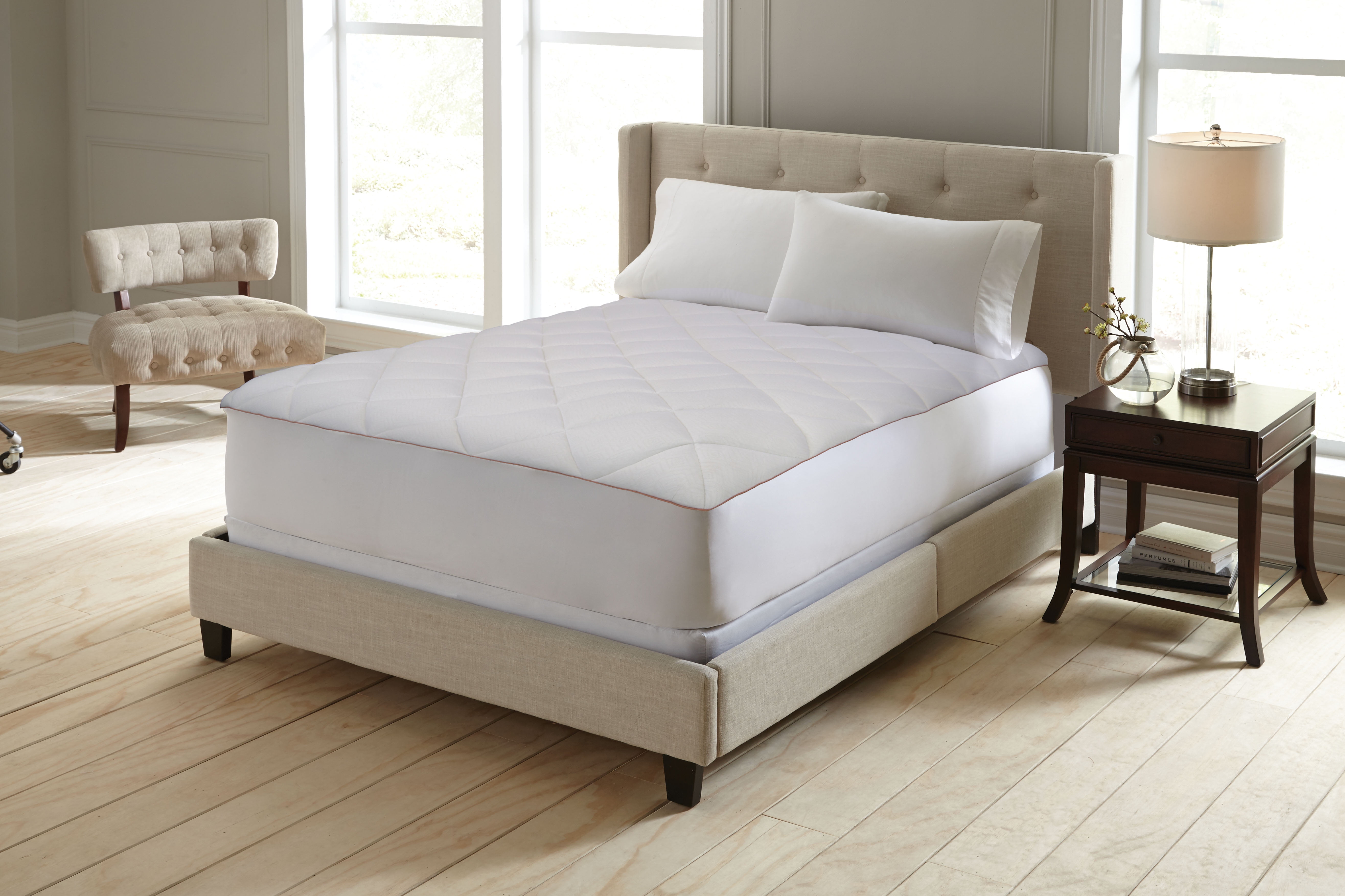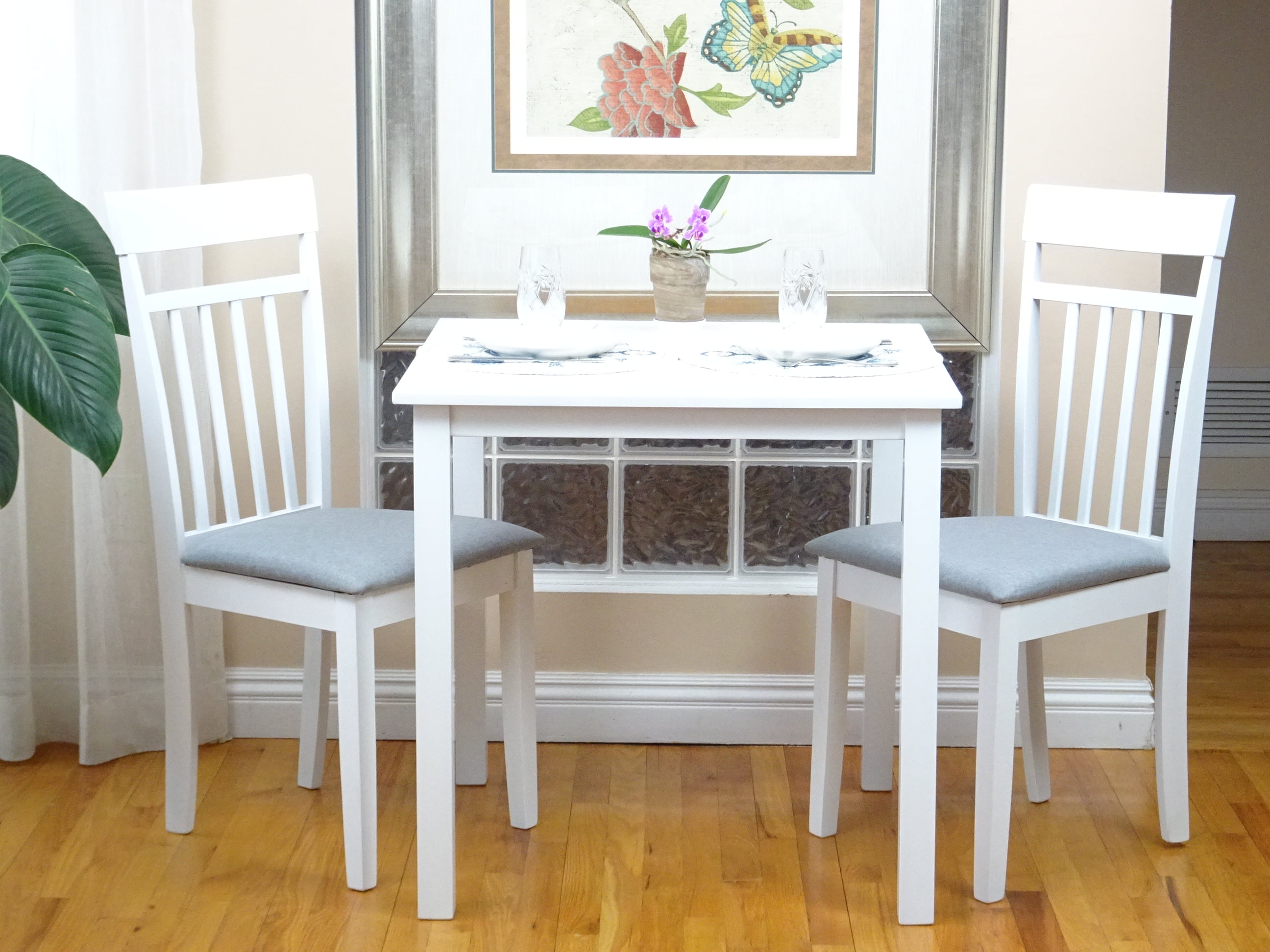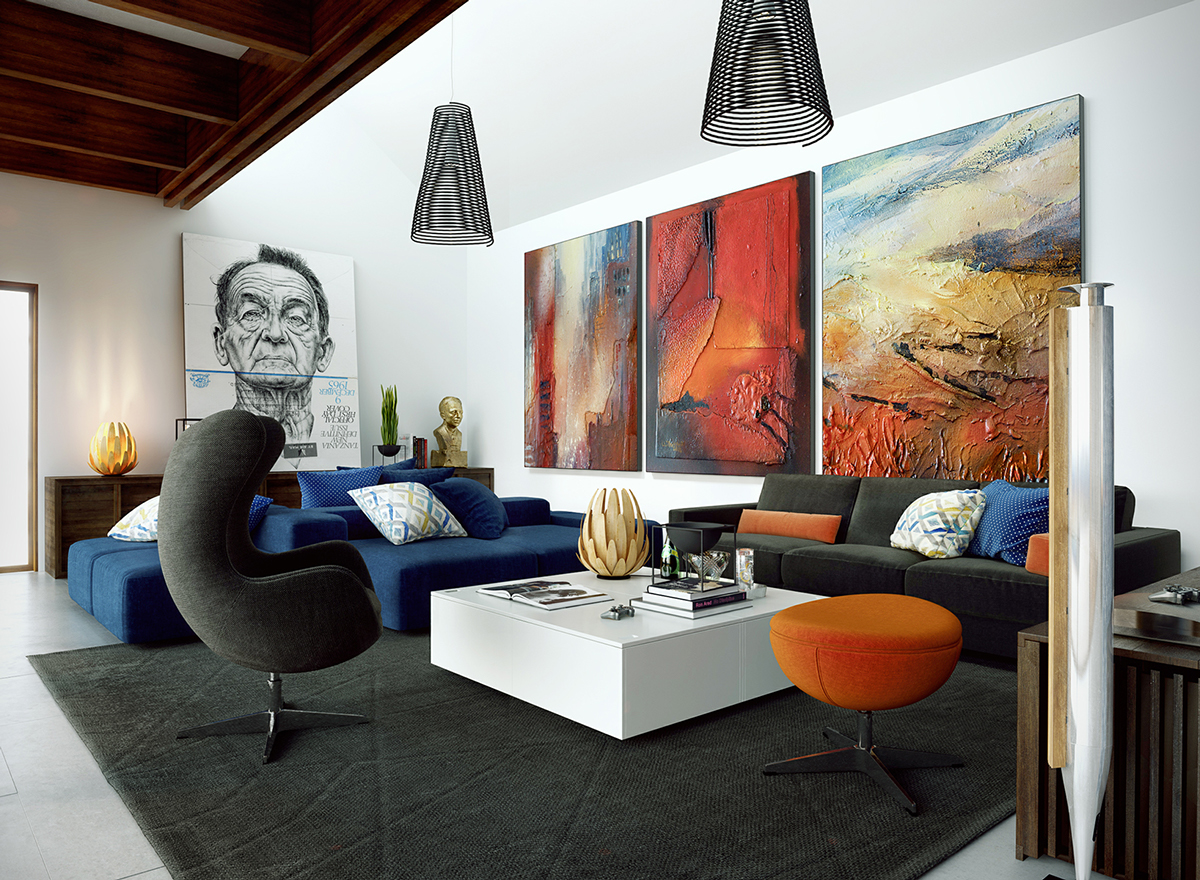When designing a kitchen, it's important to consider the space needed for movement and functionality. One of the key design rules is to have a minimum distance of 100 cm between countertops and kitchen islands. This allows for comfortable movement and prevents any overcrowding in the kitchen. However, for larger kitchens, a maximum distance of 150 cm is ideal for a more spacious and efficient layout. On minimum, at minimum 100 cm, maximum 150 cm
In a kitchen where only one person is preparing meals, it's essential to have enough space for easy movement and functionality. The minimum distance between two fronts should be at least 120 cm, but for a more comfortable and spacious layout, 140 cm is ideal. This allows for efficient work zones and prevents any bumping into one another when both fronts are in use. Minimum distance between two fronts, the working fronts for one person is at least 120 cm, 140 cm is ideal.
In most kitchen designs, the sink is the central point of the room and is used for various tasks such as washing dishes, preparing food, and filling pots. To avoid splashes and spills on other areas of the kitchen, it's essential to keep the sink in a designated wet zone. This means that any countertops or cabinets surrounding the sink should be waterproof and easy to clean. Only in the kitchen island, where there is a dishwasher directly next to the sink, can the sink be placed outside of the wet zone. Keep the sink in the kitchen, a wet zone. Only in the kitchen island with a dishwasher directly next to the sink should be considered.
The preparation area is where most of the food preparation and cooking takes place. It's essential to have enough space in this area to work comfortably and efficiently. The minimum width for a preparation area should be at least 40 cm, but for a more spacious and functional kitchen, 60 cm is ideal. This allows for various kitchen tools and ingredients to be placed on the countertop without feeling cluttered or cramped. Consider a minimum of 40 cm for the preparation area. 60 cm is ideal.
The work triangle is a classic design concept in kitchen planning and refers to the distance between the sink, cooking area, and refrigerator. For an efficient and ergonomic kitchen, it's essential to have these three elements placed in a triangular shape with the minimum distance between the fronts of the kitchen workstations being 120 cm. This allows for easy access to all three areas while cooking and prevents any unnecessary movement in the kitchen. Consider a dishwasher, waste, and sink to create a work triangle. Minimum distance between the backs of the fronts should be 120 cm.
No-hinge doors provide a sleek and modern design to kitchen cabinets, but it's essential to ensure they don't obstruct the kitchen's functionality. When opened, these doors should not create an open door that blocks movement or other kitchen elements. It's important to make sure that they open to a maximum of 90 degrees or more to prevent any inconvenience in the kitchen. No-hinge doors should not create an open door when opened(it should open to maximum 90 degrees or more)
When planning the layout of kitchen cabinets, it's important to consider the space between the upper and lower cabinets. The minimum distance between these two should be at least 45 cm to prevent any bumping into the lower cabinets when accessing the upper ones. This also allows for easy storage and access to items in both the lower and upper cabinets. Keep at a minimum between the lower and upper cabinets: 45 cm!
The preparation area is an essential part of any kitchen, and it's important to have enough space to work comfortably and efficiently. A minimum width of 40 cm should be considered for the preparation area, allowing for easy access to kitchen tools and ingredients. A minimum of 40 cm for a preparation area.
When designing a kitchen, it's important to consider the person who will be using it. Each person has their own cooking and storage needs, so it's essential to provide enough cabinets for their kitchen items. This not only ensures a functional and clutter-free kitchen but also caters to the user's preferences and habits. Remember to provide cabinets with enough storage for the person.
In most kitchen designs, appliances such as ovens, refrigerators, and dishwashers are easily accessible via means of a handle. This allows for easy opening and closing of the appliance doors and prevents any accidents or difficulties in accessing them. It's important to consider this when placing appliances in the kitchen to ensure convenience and safety. Appliance door way openings should be reachable via means of a handle.
The kitchen is the heart of the home, and it's important to design it according to the person or people who will be using it. When planning the layout of the kitchen, it's essential to consider their cooking habits, storage needs, and preferences. This not only creates a personalized space but also ensures a functional and efficient kitchen for the user(s). The utilization within a kitchen area should be catered to the person(s).
Cabinet doors are an essential part of kitchen design, and it's important to ensure they are functional and easy to use. The minimum distance that cabinet doors should open is 5 centimeters, allowing for enough space to access items stored inside. It's also important to make sure there is enough space for your hands to comfortably reach items inside the cabinets without any difficulty. Cabinet doors should at minimum open to 5 centimetres with space to offer sufficient access for your hands.
Kitchen design is an investment, and it's essential to consider a timeless style that will last for years to come. While trends may come and go, opting for a classic and timeless design ensures that your kitchen will remain stylish and functional for years to come. This also prevents any costly and unnecessary renovations in the future. Kitchen design should be considered with timeless style.
Dishwashers are a convenient appliance in any kitchen, but not all kitchens have the space for one. In this case, it's important to make use of the available space more efficiently. One option is to create a designated space next to the sink to stack dirty dishes, allowing for easy access to the sink when needed. This not only saves space but also keeps the kitchen more organized. If you don't have space or a set dishwasher, look to set up a space next to the sink to dirty dishes in a stacked manner.
When planning the layout of kitchen cabinets, it's important to consider the depth of the cabinets for efficient storage. The minimum depth of cabinets should be 60 cm to ensure enough space for larger kitchen items such as pots and pans. This also prevents any items from sticking out of the cabinets, creating a cluttered and messy kitchen. When measuring the cabinets, the depth should at a minimum be 60 cm.
A cohesive and uniform look is essential in a well-designed kitchen. When selecting cabinets, countertops, and other units, it's important to make sure they complement each other and create a seamless and coordinated design. This not only creates a stylish kitchen but also enhances the overall aesthetic of the space. All units should create a uniform look and complement the kitchen design.
Efficiency is key in any kitchen, and to achieve this, it's important to group frequently used items in the same area. For example, placing pots and pans near the hob and utensils near the cooking area allows for easy and quick access while cooking. It's also recommended to draw a triangle between the hob, sink, and cooking area for an efficient and ergonomic work zone. Group the frequently used items in the same space for cooking. Between the hob and sink, draw a triangle.
In addition to cabinets, drawers are also essential for storage in a kitchen. When designing drawers, it's important to make sure they are easily accessible and functional for everyday use. One way to achieve this is by utilizing pull-out drawers, which provide easy access to items at the back of the drawer without having to rummage through what's in front. The usability of kitchen drawers should be designed for easy and efficient use.
Pull-out drawers are not only beneficial for large items but are also useful for organizing smaller items such as utensils, spices, and bottles. By having designated pull-out drawers for these items, it not only allows for easy access but also keeps the kitchen organized and clutter-free. Make use of pull-out drawers for utensils, spices, and bottles.
When organizing the kitchen, it's essential to consider the frequency of use for different items. Items that are used daily, such as pots and pans, should be easily accessible and placed in a more convenient location. Meanwhile, items used once a week, such as large serving dishes or specialty cookware, can be placed in less accessible areas to minimize clutter and free up space. Arrange the kitchen according to a certain frequency when it comes to cooking, meaning that things used once a week should be placed less accessible than items used daily.
The space between the countertop and upper cabinets is often overlooked, but it's important to consider this when planning a kitchen's layout. The minimum distance between these two elements should be at least 45 cm to allow for enough space to work on the countertop without feeling cramped. This also prevents any damage to the wall when using appliances or items on the countertop. The distance between the countertop and the upper cabinets should be at least 45 cm.
Countertops are an essential element of any kitchen, and it's important to select a material that can withstand high temperatures. This is especially important for those who frequently use hot pots and pans on their countertops. The ideal temperature resistance for countertops is up to 100 celsius, ensuring durability and preventing any damage from hot items. The countertops should be resistant to temperatures up to 100 celsius.
In addition to temperature resistance, countertops should also be able to withstand acidic substances, such as lemon juice and vinegar. This is why it's important to select materials such as high-pressure laminate (HPL), quartz, or stainless steel. These materials not only provide durability but also have an attractive and modern look in any kitchen. Countertops should be made of acid-proof materials such as high-pressure laminate (HPL), quartz, or stainless steel.
When planning a kitchen's layout, it's important to consider the total width of the space to ensure functionality and ease of movement. The total width of the kitchen area should be at least 360 cm, allowing for enough space to incorporate all necessary elements such as countertops, cabinets, and appliances. This also prevents the kitchen from feeling cramped and overcrowded. The total width of the kitchen area should be at least 360 cm.
Natural light is not only pleasant and inviting in a kitchen but also plays an essential role in functionality. It's important to make use of natural light when designing a kitchen, whether it be through large windows or a skylight. This not only provides adequate lighting during the day but also saves on energy costs. Consider natural light in the kitchen design exclusively.
In the absence of natural light, it's important to make use of artificial lighting to ensure a functional kitchen. LED lighting is an excellent option for kitchen design as it provides bright and energy-efficient lighting. It's important to plan the lighting layout according to the kitchen's different areas, such as workstations and storage, to ensure adequate lighting for all activities. If natural light is not available, LED lighting must be efficiently catered to.
When selecting cabinets, it's important to consider the space needed for opening and closing doors. Make sure there is enough space to move around the cabinet doors without obstructing any other elements in the kitchen. This not only ensures functionality but also prevents any accidents or damages to the kitchen. Make sure there is enough space to move around the cabinet doors.
When selecting kitchen appliances, it's important to consider the electricity requirements for each item. Larger appliances such as stoves and refrigerators may require more power, and it's crucial to make sure the kitchen's electrical system can accommodate them. This prevents any electrical issues and ensures efficient use of appliances. Consider electricity requirements when choosing kitchen appliances.
The working triangle is not the only important aspect of kitchen planning; the adjacent spaces should also be considered. It's important to ensure that the areas surrounding the work triangle are clear and easily accessible. This allows for efficient movement in the kitchen and prevents any obstacles or hindrances during cooking or meal prep. The working triangles and adjacent spaces should be clear.
In addition to the work triangle, it's important to consider the space needed for each working unit in the kitchen. Appliances such as ovens, coffee machines, and microwaves should have at least 60 cm of space around them for easy access and use. This not only ensures functionality but also allows for a more organized and aesthetically pleasing kitchen. The space for each working unit should be at least 60 cm for the oven, coffee machine, etc.
When planning the layout of the kitchen, it's important to consider the dishwasher's placement and its effects on other elements in the kitchen. The dishwasher should be placed in a way that allows for enough space to open and close it without obstructing movement or access to cabinets and countertops. This not only prevents any accidents or breakage but also ensures efficient use of the dishwasher. Ensure enough space to move around the countertops and cabinets when the dishwasher is open.
Making the Most of Your Kitchen: Essential Design Rules to Consider

In today's modern world, the kitchen has become more than just a place to cook and prepare food. It has evolved into a multifunctional space where family and friends gather, meals are shared, and memories are made. As such, it's important to design your kitchen in a way that not only reflects your personal taste and style but also maximizes its functionality. Kitchen design rules have been developed to help homeowners create a kitchen that is beautiful, practical, and efficient. Here are some essential kitchen design rules to consider when planning your dream kitchen.
1. The Kitchen Work Triangle

The kitchen work triangle refers to the connection between the three main areas in the kitchen - the sink, stove, and refrigerator. This traditional concept has stood the test of time and is still considered a fundamental kitchen design rule . The ideal work triangle should be a triangle with each side between 4-9 feet in length, allowing for easy movement and access to each area when cooking.
2. Proper Storage and Organization

Another crucial kitchen design rule is to have sufficient storage and organization. A cluttered kitchen not only looks messy, but it also makes it difficult to find essential items. Adequate storage solutions such as cabinets, drawers, and pantry spaces should be incorporated into the design to keep your kitchen neat and functional.
3. Appropriate Lighting

Lighting is an essential aspect of any room, and the kitchen is no exception. Proper lighting can enhance the overall aesthetic of your kitchen and make it a more pleasant space to work in. Consider a combination of natural and artificial light sources to provide different types of lighting for different tasks. This may include overhead lighting, pendant lights above the kitchen island, and under cabinet lighting.
4. Balancing Form and Function

When designing your kitchen, it's important to strike a balance between form and function. While a visually appealing kitchen is desired, it should also be a functional space that meets your daily needs. Consider the layout, materials, and finishes that not only look good but also work for your lifestyle and cooking habits.
5. Incorporating Quality Appliances

Your kitchen is only as good as the appliances you choose to install. In addition to their functionality, appliances can also add to the overall design of your kitchen. Invest in good quality, durable appliances that are not only aesthetically pleasing but also energy-efficient.
In conclusion, these kitchen design rules are important considerations when planning the layout and design of your kitchen. Keep in mind that every kitchen is unique and should be tailored to fit your specific needs and preferences. By following these essential rules, you can create a beautiful, practical, and efficient kitchen that you and your family will enjoy for years to come.
Code:
<h2>Making the Most of Your Kitchen: Essential Design Rules to Consider</h2>
<p>In today's modern world, the kitchen has become more than just a place to cook and prepare food. It has evolved into a multifunctional space where family and friends gather, meals are shared, and memories are made. As such, it's important to design your kitchen in a way that not only reflects your personal taste and style but also maximizes its functionality. <b>Kitchen design rules</b> have been developed to help homeowners create a kitchen that is beautiful, practical, and efficient. Here are some <b>essential kitchen design rules</b> to consider when planning your dream kitchen.</p>
<h3>1. The Kitchen Work Triangle</h3>
<p>The <b>kitchen work triangle</b> refers to the connection between the three main areas in the kitchen - the sink, stove, and refrigerator. This traditional concept has stood the test of time and is still considered a fundamental <b>kitchen design rule</b>. The ideal work triangle should be a triangle with each side between 4-9 feet in length, allowing for easy movement and access to each area when cooking.</p>
<h3>2. Proper

























































































































































































































































































